Factoring Receivables- The Real Cost
 Monday, September 28, 2009
Monday, September 28, 2009 Factoring Receivables- The Real Cost
In January 2008 Inc. Magazine, "Short on Cash?" in the Finance: Cash Flow column, the point was made that a factoring discount was an equivalent annual interest rate of 12 times the factoring discount rate. This hypothetical 12 times interest rate is then compared to a bank loan at a competitive annual rate. For the article this meant that a monthly factoring discount of 2% is equivalent to a 24% annual interest rate. This is really a misleading comparison of apples and oranges. In reality a 2% factoring discount rate is equivalent to a 2% annual interest rate, but to understand it we need to go into some detail.
The Standard 2% Net 10 Supplier Discount:
We will start with the scenario with a typical supplier discount to their customers, 2% net 10. This is where the supplier has offered to self-factor the customer with 2% discount of the invoice price if they pay within 10 days. In this first example the customer takes the discount and pays by day 10. So the customer pays the client the $1,000 less the 2%, or $20, for a net payment of $980 on day 10.
Let's calculate the effective interest rate the way the article did. Using this same mathematical logic, for a ten day term this 2% over ten days is an equivalent rate of 6% over 30 days, and 6% times 12 months, or 72% for a year. Now 72% of $1,000 is $720, so based on this logic, how did the customer pay $980, and not just $280? The answer is simple, the money was only used by the customer for 10 days, not a whole year, and a factoring discount is not an interest rate but a fee for using the money under the stipulated terms of 2% net 10.
Now let's consider that this happens once every month. So at the end of the year, the client sends twelve invoices for a total of $12,000 to the customer. Each month the customer took the 2% discount and thus kept a total of $240 over the year. Now $240 is what percent of the $12,000? The answer is, 2%. So in this case the client's self-factoring discount rate of 2% net 10 equates to an annual interest rate of 2% and not 72% or 24%.
Accounts Receivable Factoring:
But what if our customer does not take the 2% net 10 terms and instead pays later? Some customers ignore all client 2% net 10 terms and pay when they want, which can be 30, 45, 60 or even 90 days. If the client does not accept the customer's terms, the customer will buy elsewhere from someone who will. Or for some companies, especially larger ones, their systems and cash flow management processes make it very difficult to pay in less than 30-90 days. So if a client wants that large customer business, they must accept the terms required by the customer. In this case we will use 30 days.
What is the real cost of factoring? Let's describe a basic scenario first and then look at comparative costs. A supplier has entered into an agreement with the factor and has become the factor's client. In this scenario we will factor invoices of $1,000 each month at a 5% discount rate and an 80% immediate payment of the invoice amount upon verification to the factor with 20% hold back until the invoice is paid by the client's customer.
So under the terms of the factoring agreement, instead of waiting the 30 days, the client has sold the invoice, at the face amount of $1,000 to the factor. The factor pays the client $800 less $50 (the 5% discount) upon presentment and validation of the invoice. The remaining 20% is held back by the factor until the customer pays the invoice in full. The customer, or the debtor, pays the invoice on day 30. The factor then pays the remaining $200 to the client on day 30.
This process is repeated every month. So the net effect is that every month the client factors a $1,000 invoice and receives from the factor $750 on day 1 and $200 on day 30. So for a full year, $12,000 worth of invoices has been factored for a discount of 12 times $50, or $600. $600 is 5% of the total $12,000. So in the 30 day example, the factoring discount is the comparative equivalent interest rate. Thus the 5% discount rate is not 60% but, 5%.
So What is the True Factoring Equivalent Interest Rate?:
The factoring discount rate in not an interest rate but a fee for using money, paid once for the terms of the period involved. So when comparing factoring to bank loan annual interest rates, the discount rate is the equivalent annual interest rate and not some multiple thereof. So a 5% factoring discount rate is equivalent, not to five times twelve or 60%, but 5 times 1, or a 5% annual interest rate.
Don Mann is CEO of RiteMann Consulting Inc. a company that helps businesses improve sales, profits, cash flow and people effectiveness, and is located in the Wilmington DE area. For inquiries please contact him at http://www.RiteMann.com
Article Source: http://EzineArticles.com














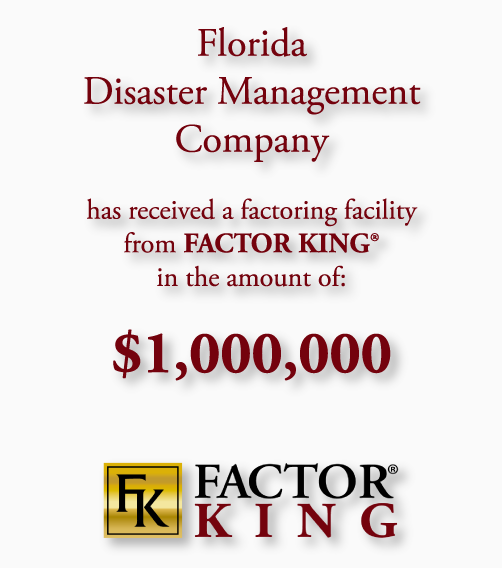
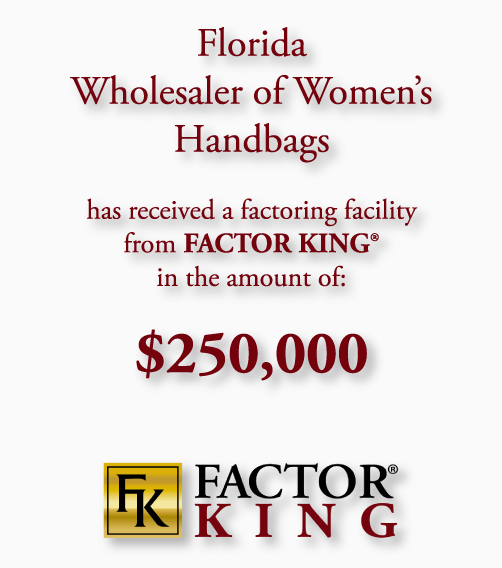
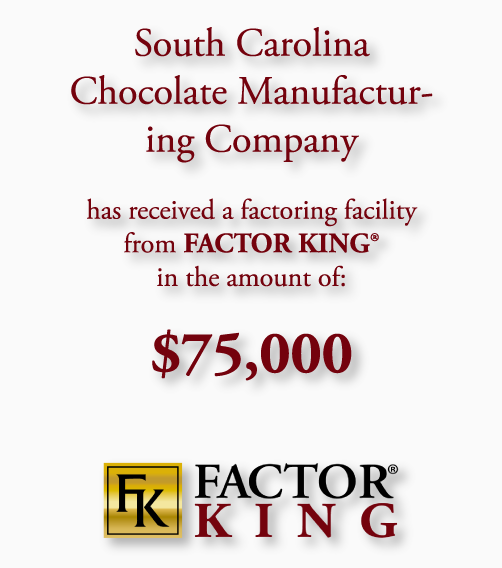
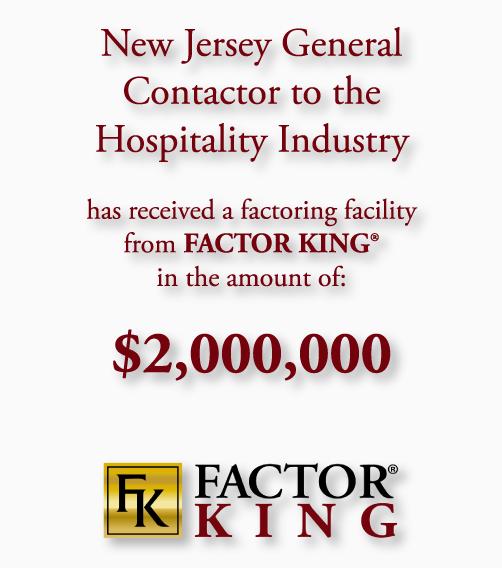
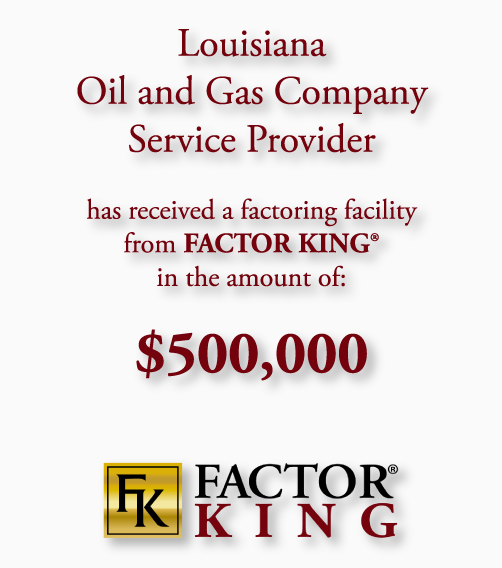
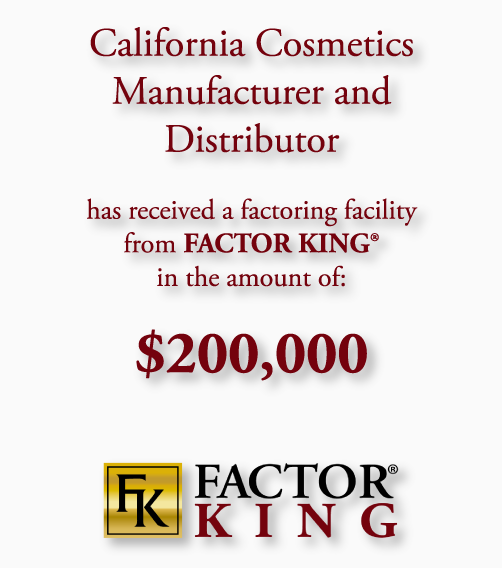
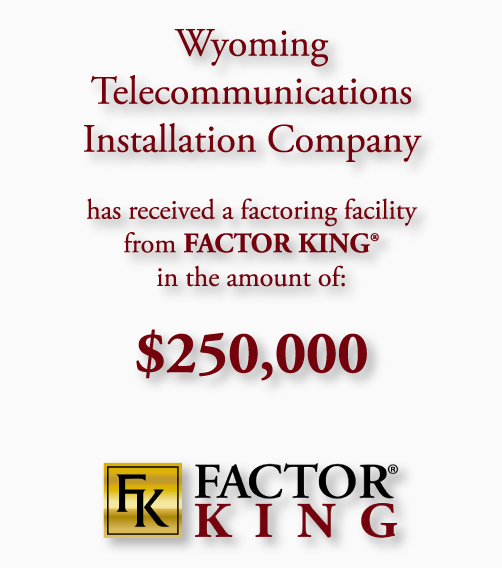
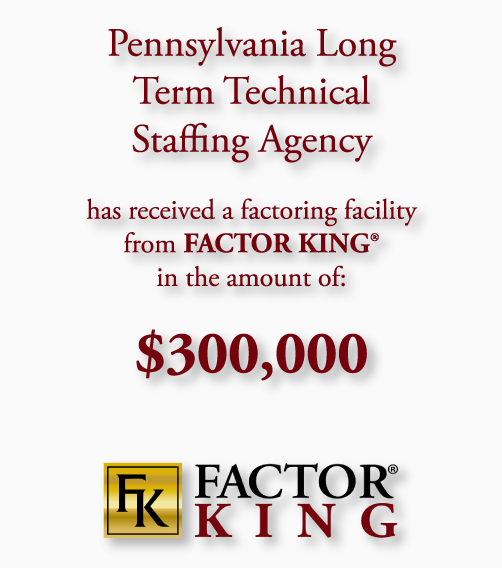
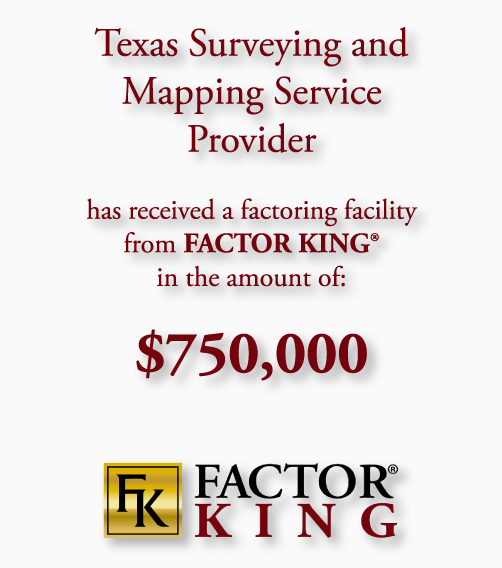
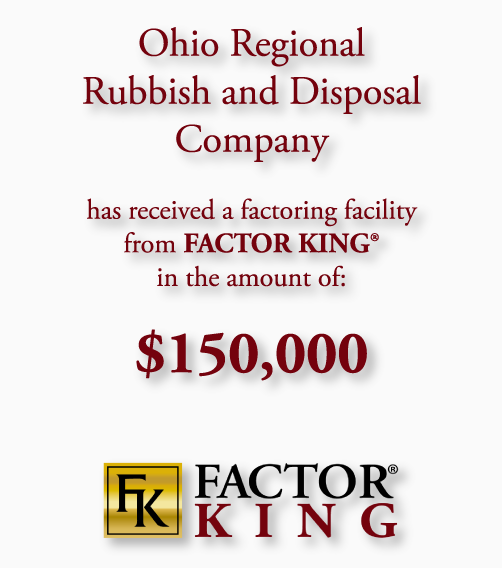
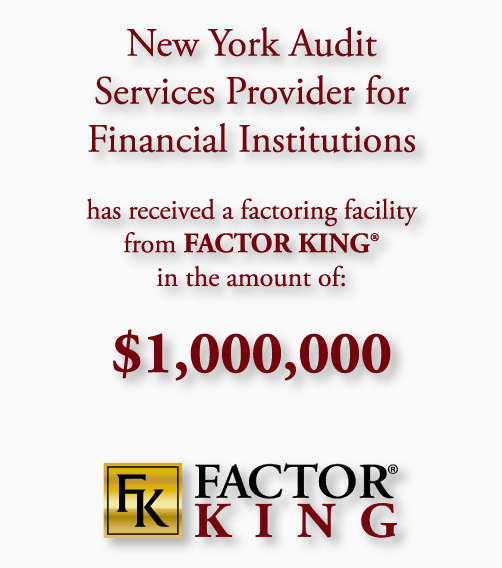
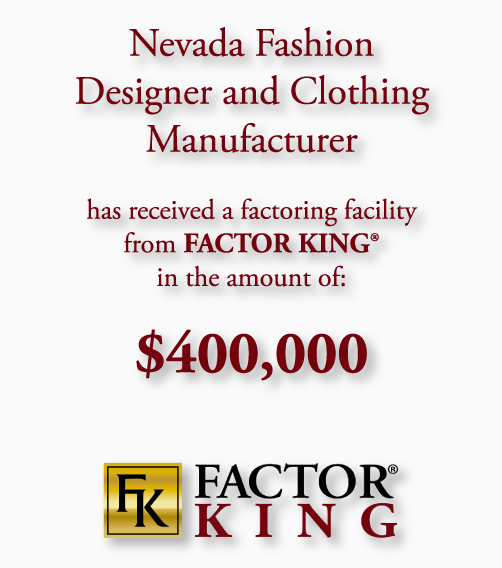
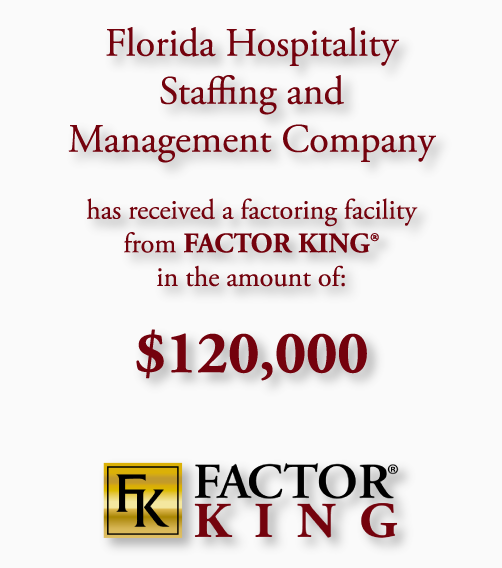
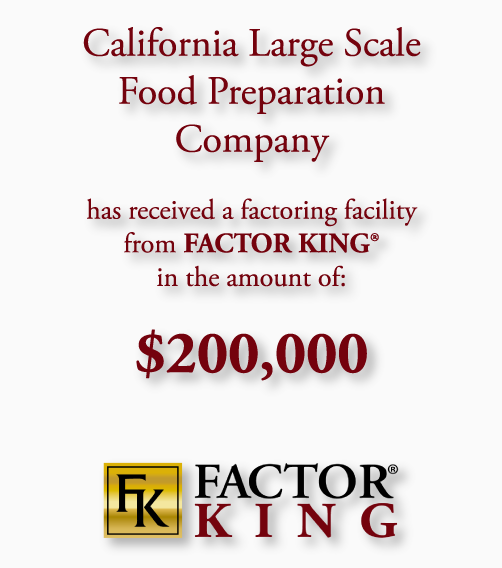
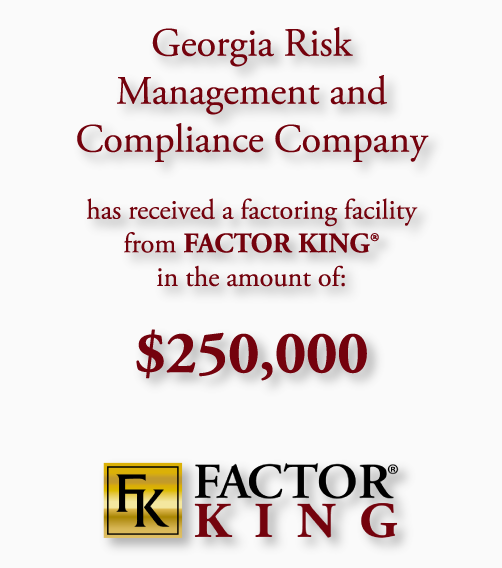
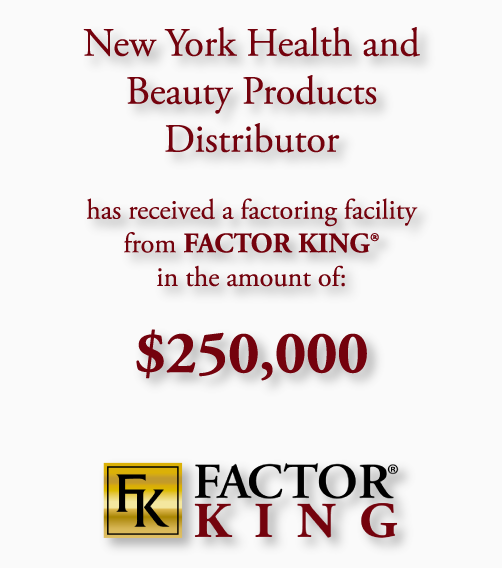
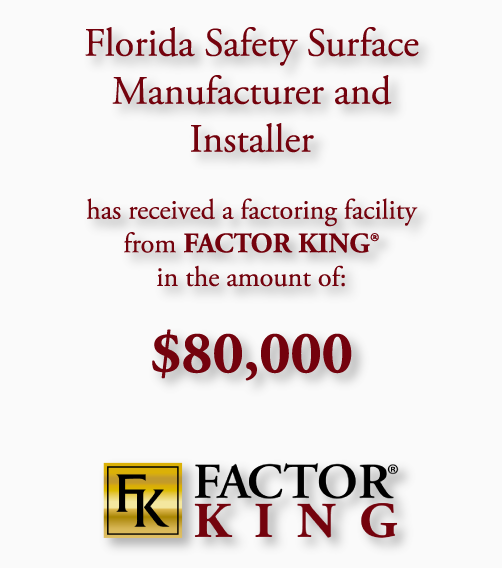
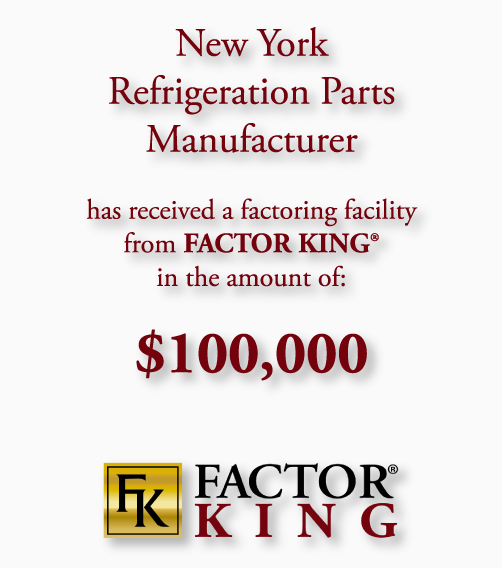
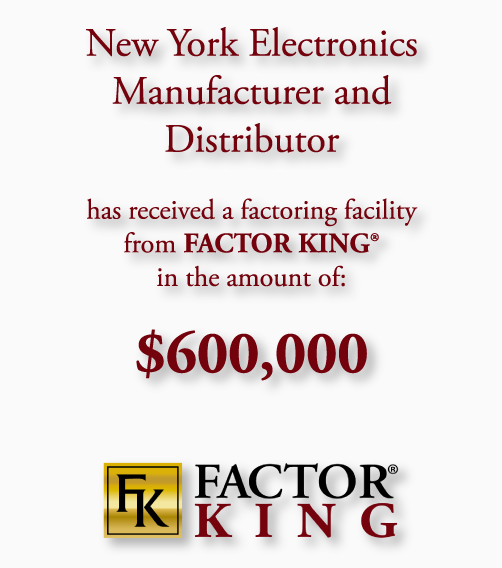
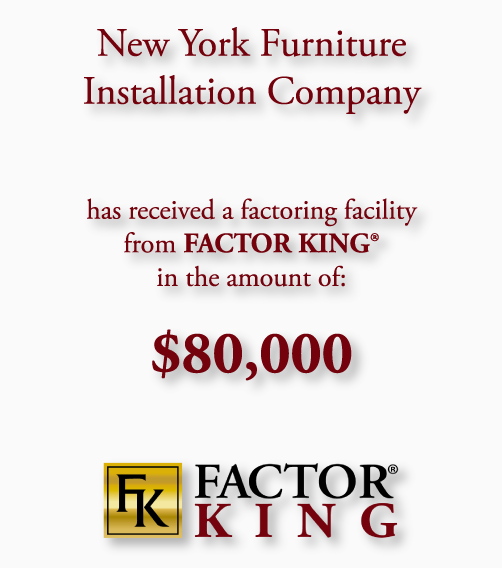





Reader Comments